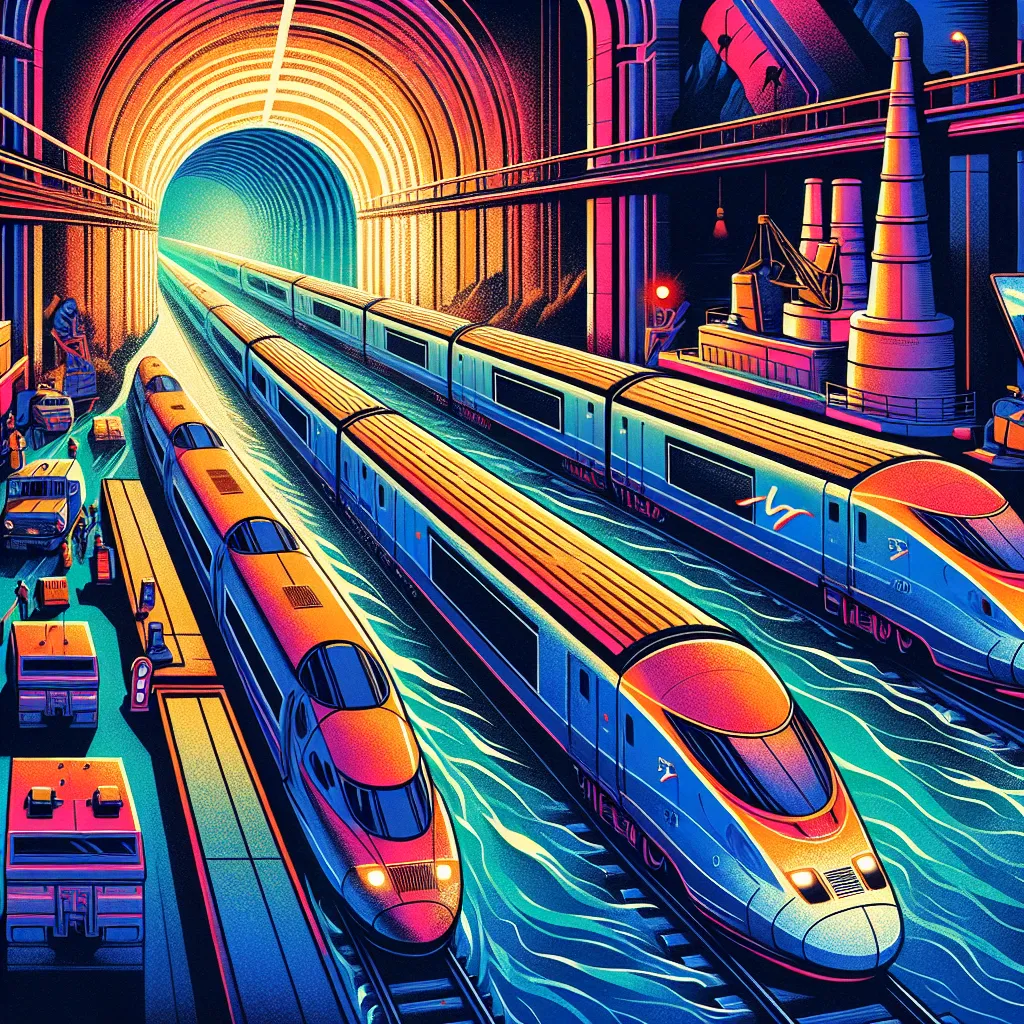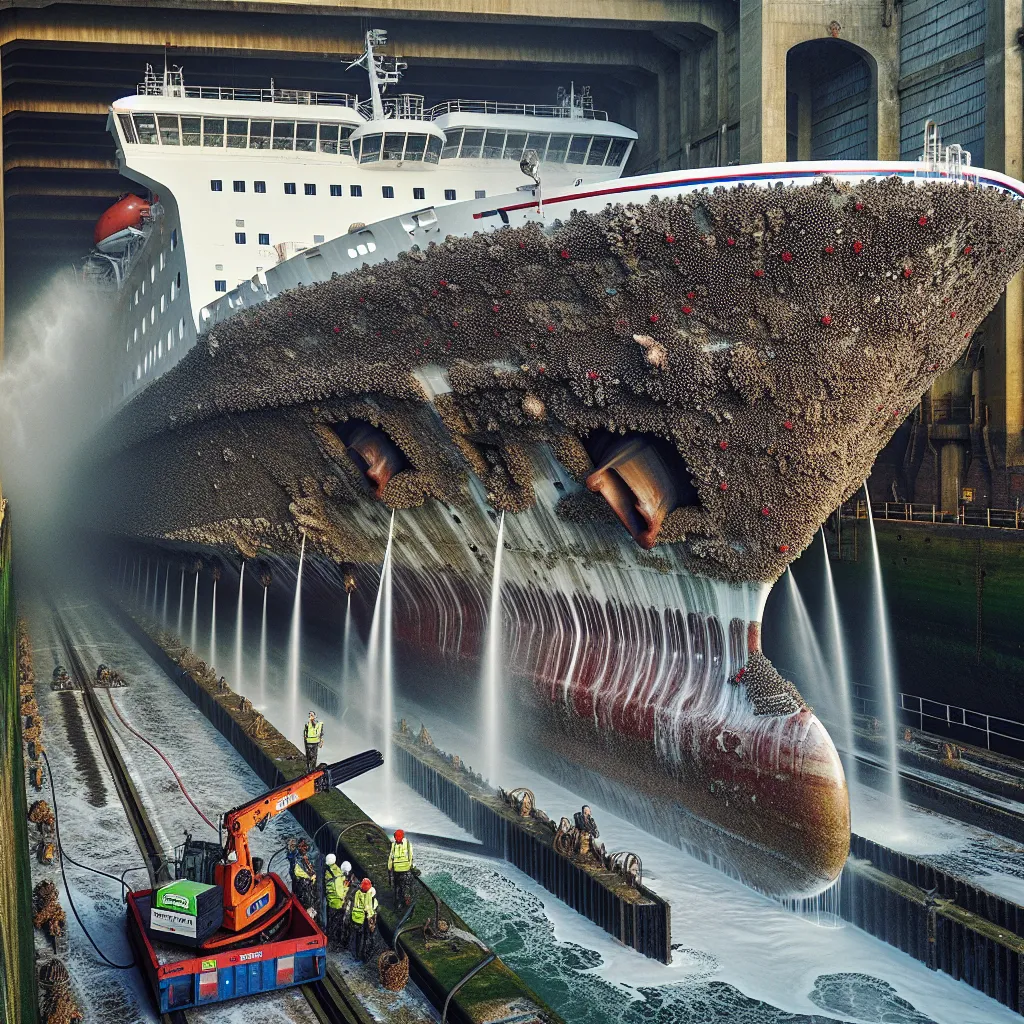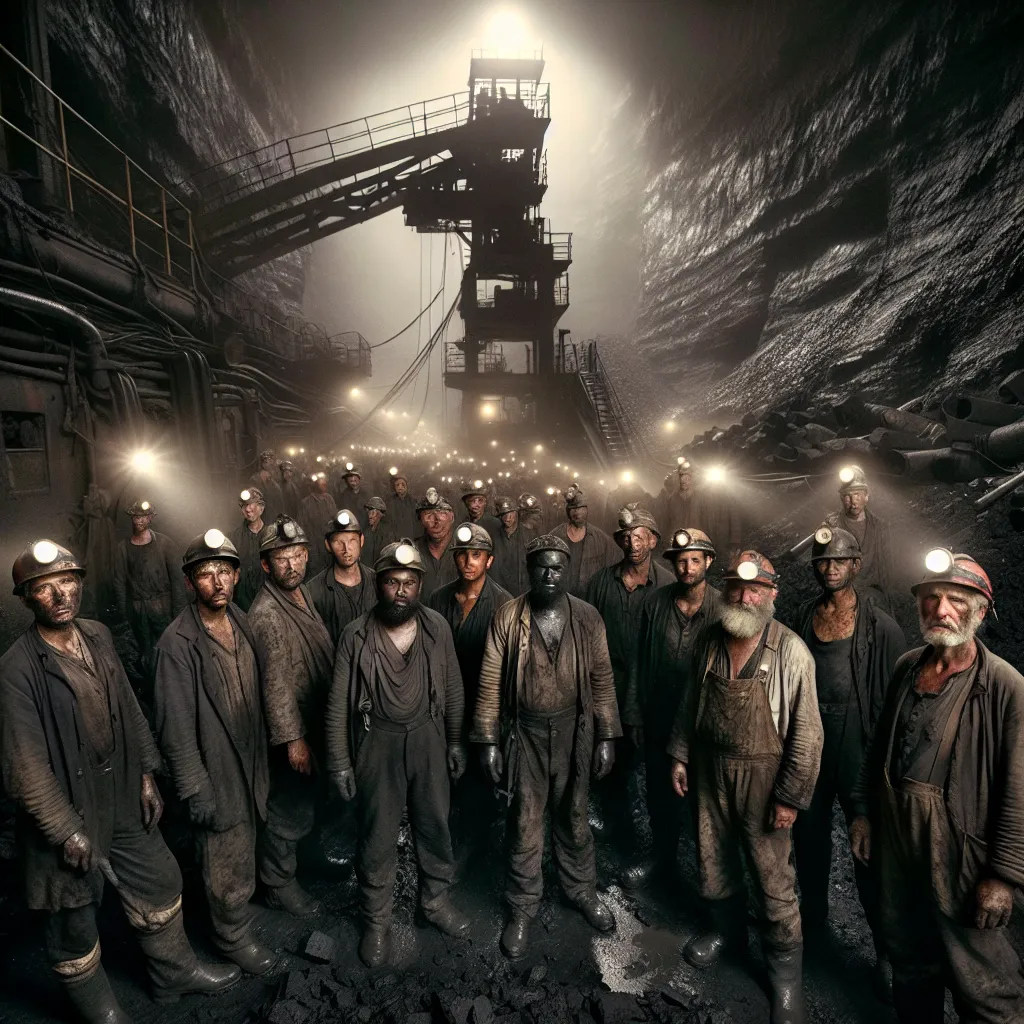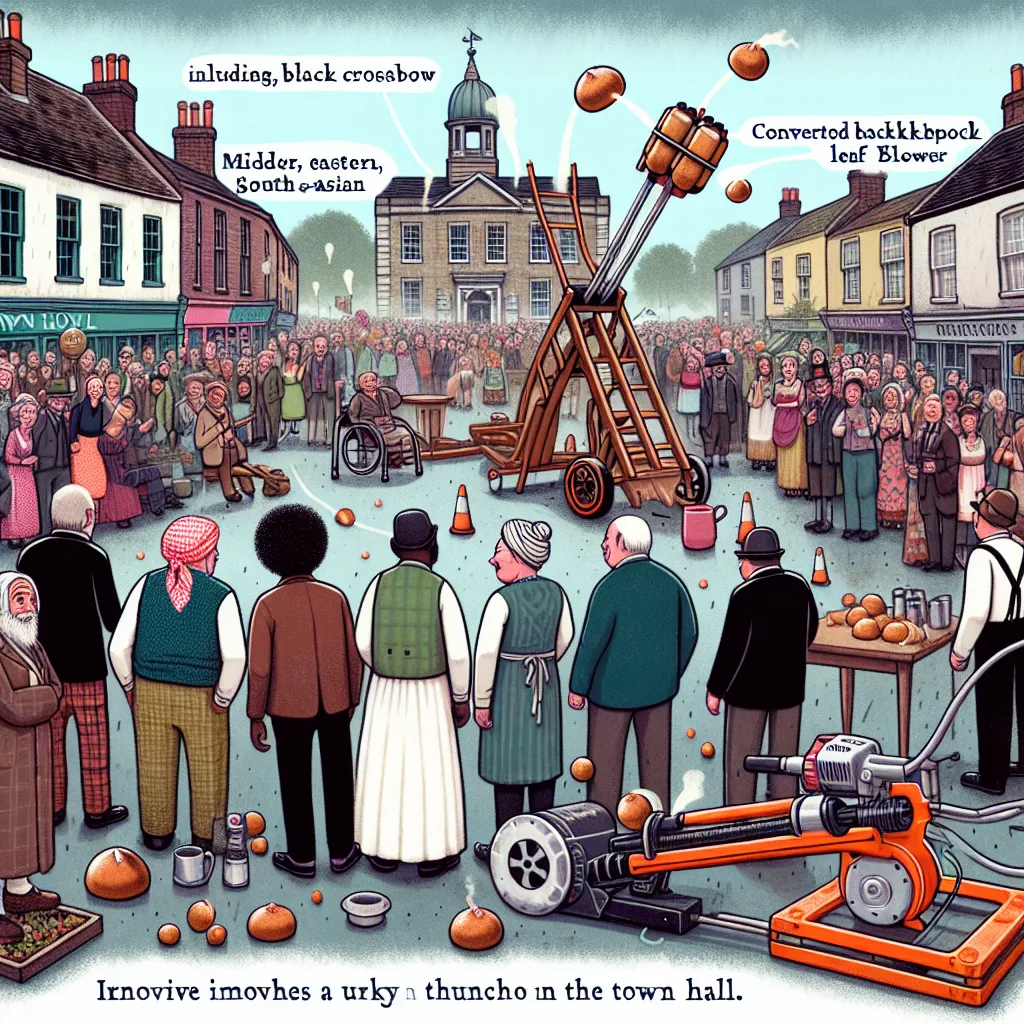The English Channel, that intriguing stretch of sea separating England and France, has long been the subject of tunnel dreams. Centuries of attempts to burrow beneath it all ended in failure until the 1980s when a joint effort by the French and the English finally turned the vision into reality.
It took a massive effort—13,000 workers, 10 million tons of equipment, and 93 miles of rock—to complete what is now the longest underwater tunnel in the world. Many see it as a modern wonder. The Channel Tunnel, often called the “Chunnel,” connects Folkestone in England to Coquelles in France.
Before the tunnel, the only way to cross the Channel was by boat, and it took a whole day to travel from London to Paris. Now, thanks to the Eurostar train, you can make the journey in just three hours. These trains, some of the most advanced in the world, zoom along at speeds of up to 186 mph. They get you from central London to central Paris faster than a plane can.
Even cars can make the journey without touching water, thanks to the shuttle service that lets you drive from England to France. Interestingly, before the tunnel cut through the Channel, a man once made the trip on foot, a feat last accomplished during the Ice Age. This modern adventurer crossed 150 feet below the seabed, just 13 miles from England, and stepped into French territory—a yard of rock was all that separated him from history.
On December 1, 1990, the English and French teams broke through after three years of relentless digging. The moment was marked by a handshake and an exchange of flags, symbolizing a historic connection. The builders, often called “tunnel tigers,” truly made history with this extraordinary achievement.
The tunnel technically consists of three tunnels: two for rail travel and a smaller service tunnel. The project required 11 massive tunnel boring machines (TBMs), each weighing over 600 tons and stretching back 800 feet. These machines, with their enormous rotating jaws, tore through rock at an impressive rate.
Despite hitting fractured rock early on, which slowed progress and dampened spirits, the team pressed on. They mastered tunnels under the sea and on land, overcoming seemingly insurmountable challenges. By the summer of 1991, they celebrated the completion of the rail tunnels ahead of schedule, marking the end of the biggest undersea drive in history.
Today, the Channel Tunnel is a vital link between England and France, with more than 300 trains passing through each day. The trains, including the shuttle locos, are among the most powerful in the world, carrying vehicles and freight in a seamless manner.
In 1996, a fire broke out on a shuttle carrying trucks. The intense blaze turned the rail tunnel into a blast furnace, costing Eurotunnel nearly half a billion dollars. Fortunately, the safety systems proved effective; all 34 people on board escaped without major injury.
The Channel Tunnel stands as one of the most heavily used railway systems globally. In its first five years, it carried 28 million passengers and 12 million tons of freight. Building this tunnel was one of the 20th century’s greatest engineering feats, earning a place among the most significant engineering achievements of all time.






